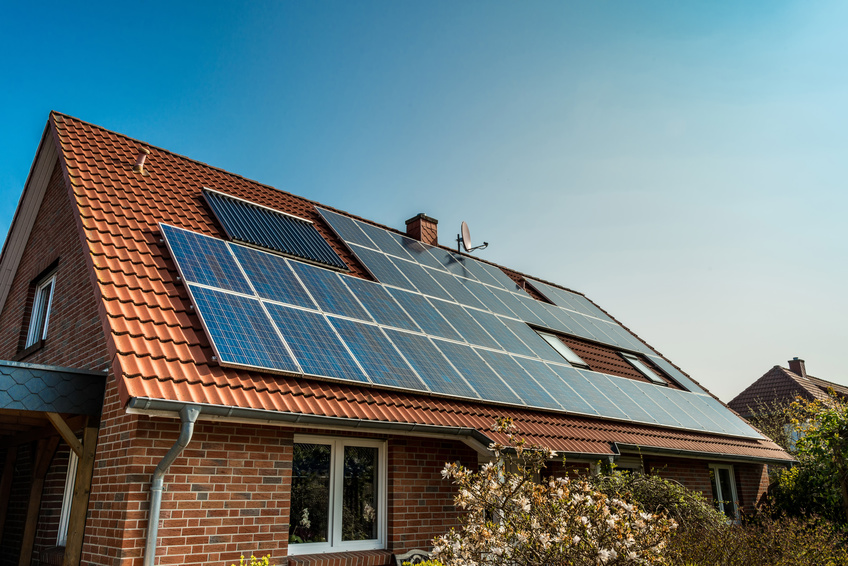Although solar energy can provide power 24 hours a day, seven days a week., one of the biggest deterrents from investing in a solar roof has been the appearance. Tesla hopes to change that with a new patent, which seeks to improve the appearance of your solar roof without sacrificing function.
The patent, titled “Uniformly and Directionally Colored Photovoltaic Modules,” for the Tesla Solar Roof, was revealed in late November. The shingles will be primarily produced in Tesla’s Gigafactory 2, located in Buffalo, NY.
While the USPTO receives more than 500,000 applications each year, Elon Musk claims that Tesla plans to prioritize the shingle patent’s production in 2019.
After all the use of solar energy has increased by 20% over the last 15 years. This is, in part, thanks to advancements in energy efficiency and affordability. And Tesla hopes to take this efficiency to the next level.
According to Tesla, typical photovoltaic modules are often dark blue or black since these are the natural color of solar cells. But countless homeowners don’t want dark blue or black roofs, even if the benefits from solar energy are tremendous.
On top of that, these modules are prone to losing power when they’re colored with current colorization methods. This causes drastic sun absorption which results in PV power loss. These facts are outlined in the patent application for their new PV module.
“Shading, or absorption of incident sunlight, causes PV power loss, a consequential problem of existing coloring techniques. In addition, colored PV modules manufactured with these techniques, and colored glass more generally, commonly suffer from: sparkle, or glint; flop, or angle-dependent color appearance; and graininess,” reads the patent.
But Tesla hopes to fix all that.
With their new PV module, Tesla wants to produce solar roof tiles that mimic the appearance of terracotta or slate, two popular roofing options. Additionally, Tesla hopes to offer customers more choices in color, enabling them to install an entire roof of solar panels or match a few panels to the roof’s current appearance.
Tesla hopes to achieve this look through textured micro-structured glass and a multi-directional coating.
According to Tesla, these solar tiles will last for 30 years.
However, Trump also imposed a heavy tariff on both steel and aluminum from China, two primary components in crafting solar panels. While the U.S. receives 17% of its steel from Canada, the overall price of solar panels could skyrocket.
As a result, countless solar business across the nation have halted plans for growth, instead focusing on maintenance and job security.
It will be interesting to see how Tesla hopes to handle the recent tariffs imposed by President Trump on solar panel imports and if this will result in greater demand from Tesla’s panels.
The company has already admonished the decision, claiming that these tariffs will “hinder American innovation, expansion of companies, and the creation of more American jobs” back in September.
But Tesla failed to explain how these tariffs will affect their current business plans. For now, they hope to persevere and focus on its solar energy production in Buffalo, NY.
Solar is a growing U.S. industry currently worth an estimated $17 billion and employes an estimated 250,000 people across the nation.



